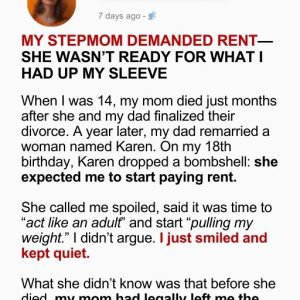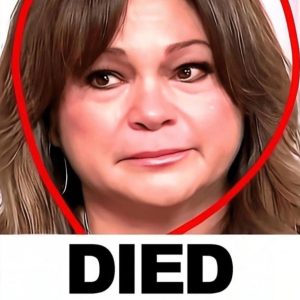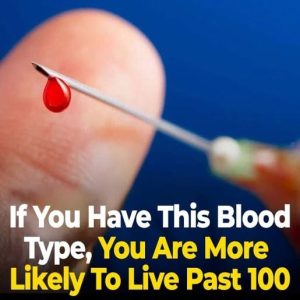A sleep stroke, or “wake-up stroke,” happens when blood flow to the brain is blocked or a vessel bursts during sleep. Unlike daytime strokes, “the symptoms often appear only after waking,” which delays treatment and makes outcomes more severe.
Because stroke care is most effective within hours, waking up with symptoms means “valuable hours may already have passed,” reducing treatment options. Warning signs include sudden numbness or paralysis on one side, slurred speech, confusion, vision changes, dizziness, loss of balance, severe headache, nausea, or seizures.
Doctors stress remembering “FAST”: Face drooping, Arm weakness, Speech difficulty, and Time to call emergency services. Acting immediately can save lives and limit long-term damage.
Prevention begins with nighttime habits. Avoid heavy meals, alcohol, smoking, and excess salt before bed since these raise blood pressure and stroke risk. Stress control is also key—late-night screen use and overstimulation harm relaxation, while routines like reading, meditation, or stretching support both sleep and heart health.
Experts recommend 7–9 hours of sleep, proper hydration, taking prescribed medications, and using CPAP for sleep apnea. Even “a short evening walk and mindful relaxation” can strengthen brain and heart health while lowering stroke risk.





